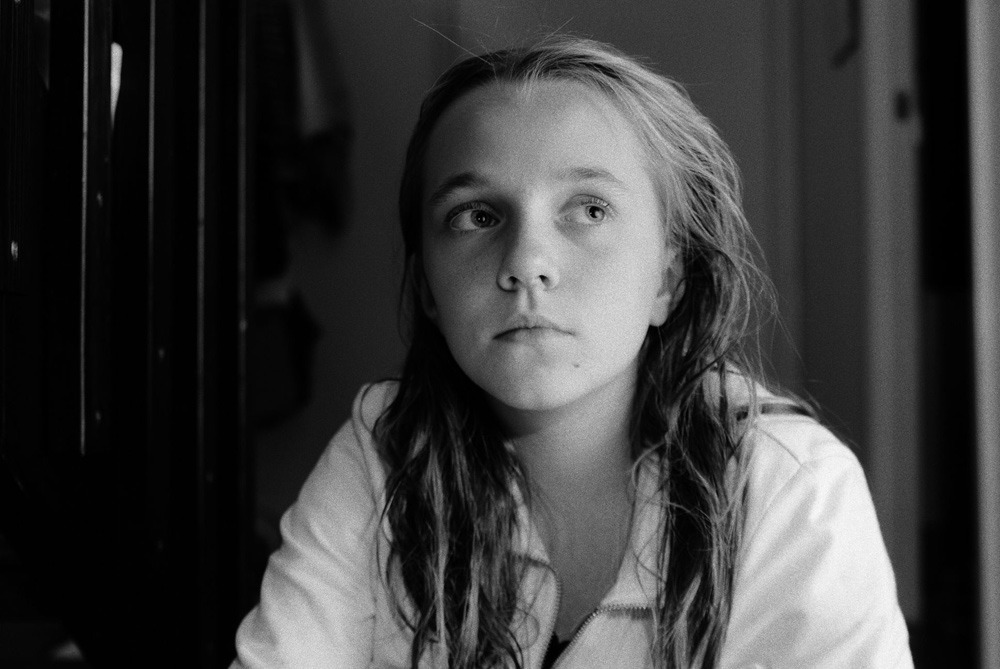Bill Pierce
Well-known
Because someone can’t make a good black-and-white print digitally or in a conventional wet darkroom doesn’t mean that good b&w inkjets or silver prints can’t be made. Silver has been around long enough that, if we see a bad print, we blame the printer, not the materials. Inkjet hasn’t been around as long and folks can still get away with saying, “It’s not my inability to make a good print, it’s the fault of the inkjet process.” As more and more good inkjet prints are circulated, as more and more good b&w images from digital camera appear on the internet, this excuse will disappear.
But, for me, right now, when somebody says digital b&w is awful, it’s just a statement about their own limitations.
But, for me, right now, when somebody says digital b&w is awful, it’s just a statement about their own limitations.








